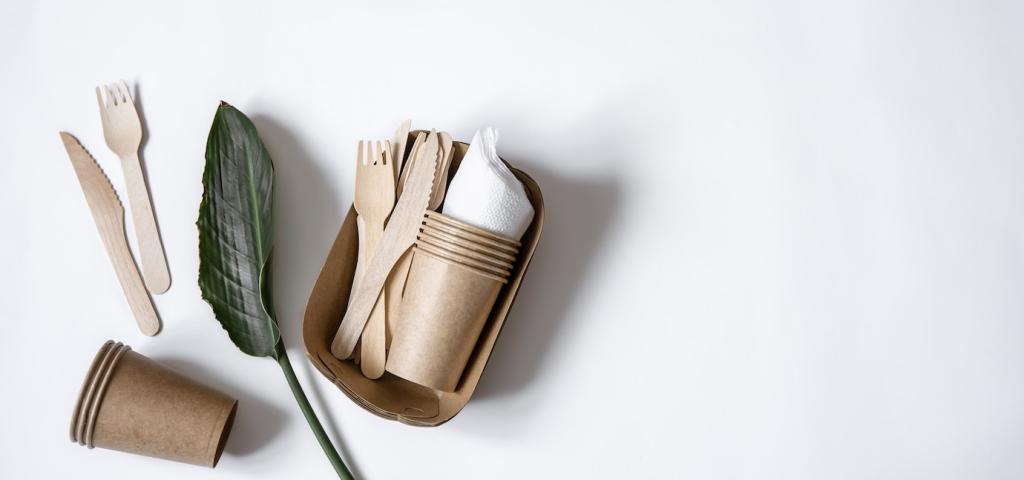Preparation and Application Without Compromise
Clean surfaces with mild, non-ammonia solutions and rinse thoroughly. Sand lightly with a HEPA-equipped sander or vacuum to control dust. Open windows, create cross-breezes, and use box fans facing out to exhaust air. Even with low-emission products, airflow speeds drying and keeps your painting experience truly comfortable.
Preparation and Application Without Compromise
Quality microfiber rollers reduce splatter and improve coverage with waterborne paints. Choose low-shedding, synthetic brushes suited to your finish. Keep a wet edge to avoid lap marks. Cleanup is simple with warm water and gentle soap; strain leftover paint through a fine mesh to reuse and reduce waste next time.






